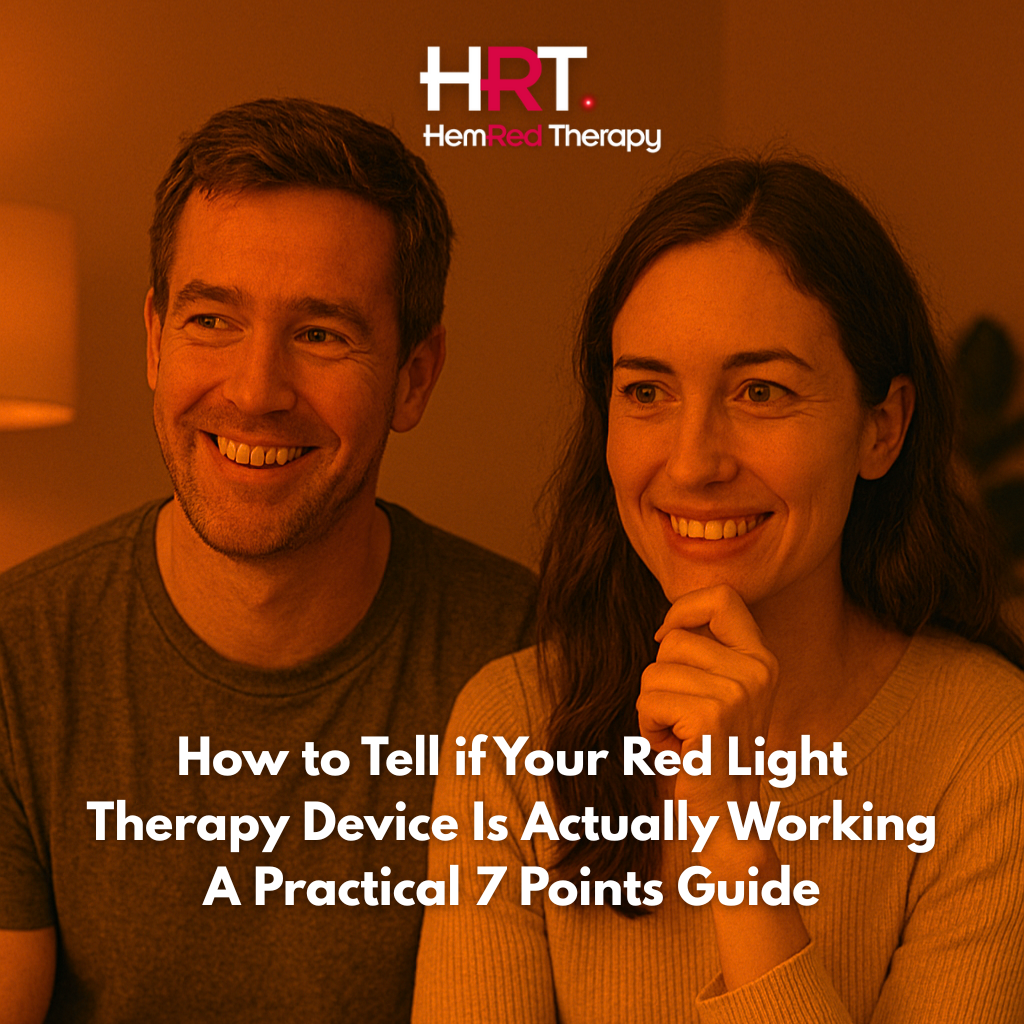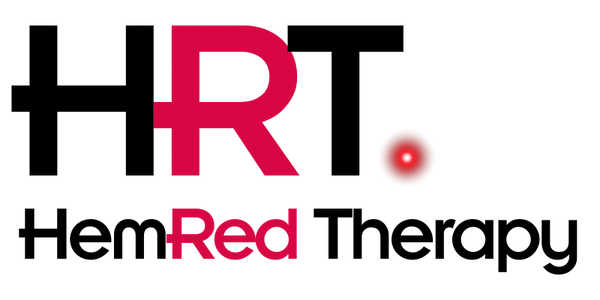
How to Tell if Your Red Light Therapy Device Is Actually Working: A Practical 7 Points Guide
The Problem No One Talks About
Red light therapy (RLT) is more popular than ever, but many users are left wondering: “Is my red light therapy device working?” “Is this ACTUALLY working?”
Unlike medications or cosmetic treatments that produce instant effects (or at least, temporary visible ones), the benefits of red light therapy are subtle and cumulative. This can make it hard to know whether your device is effective, or if you’ve fallen for a flashy gadget with no real substance behind it.
In this 7 points guide, you will how to tell if your red light therapy device is actually working, what results to expect (and when), and how to troubleshoot if you’re not seeing progress.
1. What “Working” Really Means in Red Light Therapy
Let’s start with a reality check.
Red light therapy doesn’t produce dramatic overnight changes. Its strength lies in how it supports your body’s natural healing systems over time.
When we say it’s “working,” we mean:
- Cellular energy (ATP) is being stimulated
- Inflammation is being reduced
- Collagen and tissue repair processes are activated
- Symptoms (pain, redness, itching, swelling) are gradually improving
If you're using it consistently and correctly, you'll 100% notice these changes over time, but not instantly.
There are certain cases for instant effect: night time use to wind down, or the morning power-up with the brightness of the red light are prime examples.
2. Early Signs Your Red Light Therapy Device Is Working
Depending on what you're using it for (acne, eczema, pain, recovery), here are common signs your device is doing the job:

For Skin Conditions:
- Reduced redness and swelling (especially in acne, rosacea, or eczema)
- Faster healing of small wounds or flare-ups
- Smoother skin texture
- Improved hydration and reduced itchiness
For Pain, Muscle & Joint Relief:
- Less stiffness or discomfort after sessions
- Improved mobility in the treated area
- Quicker recovery post-workout or injury
For General Wellness:
- Improved sleep quality
- More energy or mental clarity
- Mood elevation, especially when used in the morning
3. Results Timeline: When Should You Start Seeing Results?

Here’s a realistic results timeline if you’re using a high-quality panel like the HemRed Therapy™ PureLight 225:
| Condition | Expected Results |
|---|---|
| Acne / Eczema | 2–4 weeks for visible improvements |
| Muscle or joint pain | 1–2 weeks with consistent use |
| Mental clarity / mood | Often within days to 2 weeks |
| Hair growth | 8–12 weeks minimum |
| Anti-aging effects | 4–8 weeks (collagen remodeling phase) |
Red light therapy is like compound interest—it builds over time.
4. Troubleshooting: Why You Might Not Be Seeing Results
If you’re using red light therapy and not seeing progress, the problem is definitely not in the therapy; but rather, the device or the routine.
Common Issues:
Low Power Output
Your panel needs an irradiance of at least 100mW/cm² at 6–12 inches. Many cheap devices barely reach half of that.
Wrong Wavelengths
Effective red light therapy uses:
- 660nm for skin + surface healing
-
850nm for muscles, joints, and deeper tissue
If your device doesn’t list these, it may not be therapeutic-grade.
Inconsistent Use
Using it once a week won’t do much. Red light therapy requires consistency, ideally 3–5 sessions/week for 10–20 minutes per session.
Distance & Positioning
Are you sitting too far? Most panels are designed to be used 6–12 inches from the skin for maximum benefit.
5. How to Test If Your Red Light Therapy Device Is Working

While you can’t always “feel” the results immediately, here’s how to assess effectiveness:
Light Intensity Test
- Hold your hand 6–12 inches away from the panel.
- You should feel a gentle warmth, not burning heat.
- The light should be bright enough to cause a soft glow on your skin.
- Near-Infrared Lights are invisible by the naked eye, but can be barely seen by your smartphone's camera.
Power Check
- If your device shows specs, check for irradiance ≥100mW/cm² and wavelengths around 660nm + 850nm.
Track Results Logically
- Take before/after skin photos in natural light.
- Use a symptom or pain journal.
- Create a simple weekly progress tracker (energy, sleep, pain level, skin clarity).
6. Quick Checklist: Signs Your Red Light Panel Is Doing Its Job
- Emits a bright, warm red/NIR glow
- Lists 660nm and 850nm wavelengths
- Feels warm (but not hot) when used at proper distance
- Sessions are consistent (3–5 times/week)
- You’re noticing subtle, positive changes over 2–4 week
If all of the above are true: your red light therapy is working.
7. Why Device Quality Matters More Than Ever
Many people blame red light therapy itself when results don’t show—when in fact, the issue is poor-quality devices with low irradiance and ineffective wavelengths.
That’s why we created the HemRed Therapy™ PureLight 225:
- Scientifically calibrated at 660nm + 850nm
- Delivers therapeutic-grade irradiance at 6–12 inches
- Compact and powerful enough for real at-home results
- Backed by hundreds of verified reviews
- Safe, non-invasive, and simple to integrate into your routine
Conclusion: Don’t Give Up Too Soon
Red light therapy works, but only if your device is powerful enough and you’re using it properly.
If you’re serious about results, invest in the right tools, stay consistent, and track your progress. It’s not a quick fix, but it’s one of the most effective, side-effect-free therapies for inflammation, recovery, skin health, and many many more.
Want to Make Sure You’re Using a Device That Works?
Explore the HemRed Therapy™ PureLight 225 and experience red light therapy the way it was meant to be.
Shop now → HemRed Therapy™ PureLight 225
Disclaimer
This article is for informational purposes only and is not intended as medical advice. Always consult a healthcare professional for personalized recommendations.

